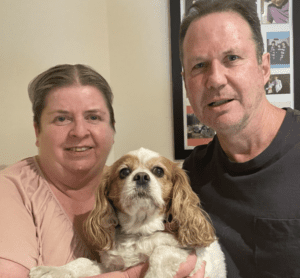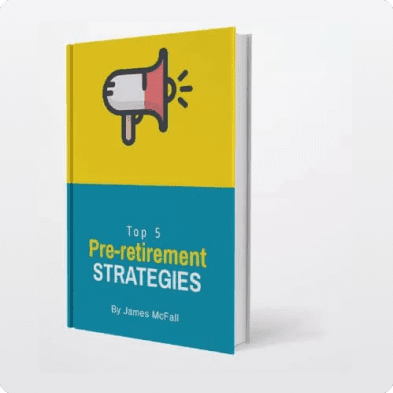A Yield Client Case Study 
Est. $15,733 tax saving when property sold, using ‘catch up’ concessional super contribution

Spouse contributions provided 18% return on contribution

Ensured their ability to retire debt free

Ability to purchase property worth $450,000+ for their autistic child

Est. $15,733 tax saving when property sold, using ‘catch up’ concessional super contribution

Spouse contributions provided 18% return on contribution

Ensured their ability to retire debt free

Ability to purchase property worth $450,000+ for their autistic child
Dylan and Samantha, are a couple in their late 50s/early 60’s, who sought our advice on achieving a comfortable transition to retirement. Specifically, they came to us for advice around how to best sell down on their investment properties, and the impact of purchasing an investment property for their autistic child. They wanted to be in a position to provide lifelong support as required and wanted to be debt-free.
Introduction
Dylan and Samantha had done a good job building a portfolio compiled of property and direct shares, however having sold two of their properties and purchasing a new primary residence in the previous couple of years, they still had $1.5m of debt and they came to us looking for clarity around their position.
They wanted to see if they were on track for a comfortable retirement and to see whether it would be viable to purchase another investment property for their daughter to rent at a discounted rate.
The couple was also happy to receive any advice that we believed could improve their financial position throughout their retirement.
Our job was to prepare detailed financial projections, based on their new financial position, and to overlay the impact that purchasing a property for their child could have on their long-term position. We also agreed to evaluate the sale of their two properties to help achieve a tax-advantageous considerate of their broader retirement goals.
Overview
The first thing we identified is that they were in a position to retire immediately if they wished, on their desired retirement income of at least $85,000 per annum. However because a substantial amount of their financial position was tied up in direct property, the sale of their investment properties in Camberwell and Tasmania would need to occur inevitably.
Defining this retirement plan gave our clients real clarity about their financial position and prospects, and it also provided recommendations to help improve their tax, investment, debt, retirement, and estate outcomes, supporting them to feel secure and confident in achieving their retirement milestones.
Our advice and projections will help Dylan and Samantha provide for themselves throughout retirement, and ideally well into the future, debt free and secure. We aimed to outline the most relevant strategies, to aid them in making smart financial decisions to benefit their position.
Outcomes
We recommended that Dylan and Samantha sell their Camberwell property, as the proceeds should be sufficient enough to clear all of their debt, purchase a property for their daughter, and contribute to superannuation.
We also recommended that they defer the sale of their Tasmanian property until a year when Samantha is fully retired. This means Samantha is then able to utilise the catch-up concessional contribution rule to reduce tax payable by an estimated $15,733.
In addition to this, we recommended they contribute to superannuation non-concessionally.
Based on projections, Samantha could be entitled to a $540 tax offset each year she makes an eligible contribution to Dylan’s super. This means an 18% return on contributions.
We also advised on the sale of their Canterbury property during a year that they’re eligible to contribute to super. This property is currently being leased at a reduced rate, and if they continued this throughout retirement, they would be forced to sell the property at some point.
As they are wanting to purchase a property for their daughter, we offered the alternative strategy of leasing the Canterbury house to their daughter in the long term. This strategy was proposed in order to avoid the costs of sale.
As Dylan is already retired and over the age of 60, he has full access to his superannuation. We recommended that he consolidate surplus funds to super by making a non-concessional contribution immediately.
Final Considerations
Creating a financial plan for retirement is not a straightforward nor a one-dimensional process.
Even when you are already in a good financial position for retirement, it is preferable to have a finance professional to help aid in the coordination of your funds. By employing a financial planner, we were able to secure this couple’s debt free retirement. A financial planner will help you achieve better investment outcomes and security for your post-working life.
Produced with our client’s permission


























